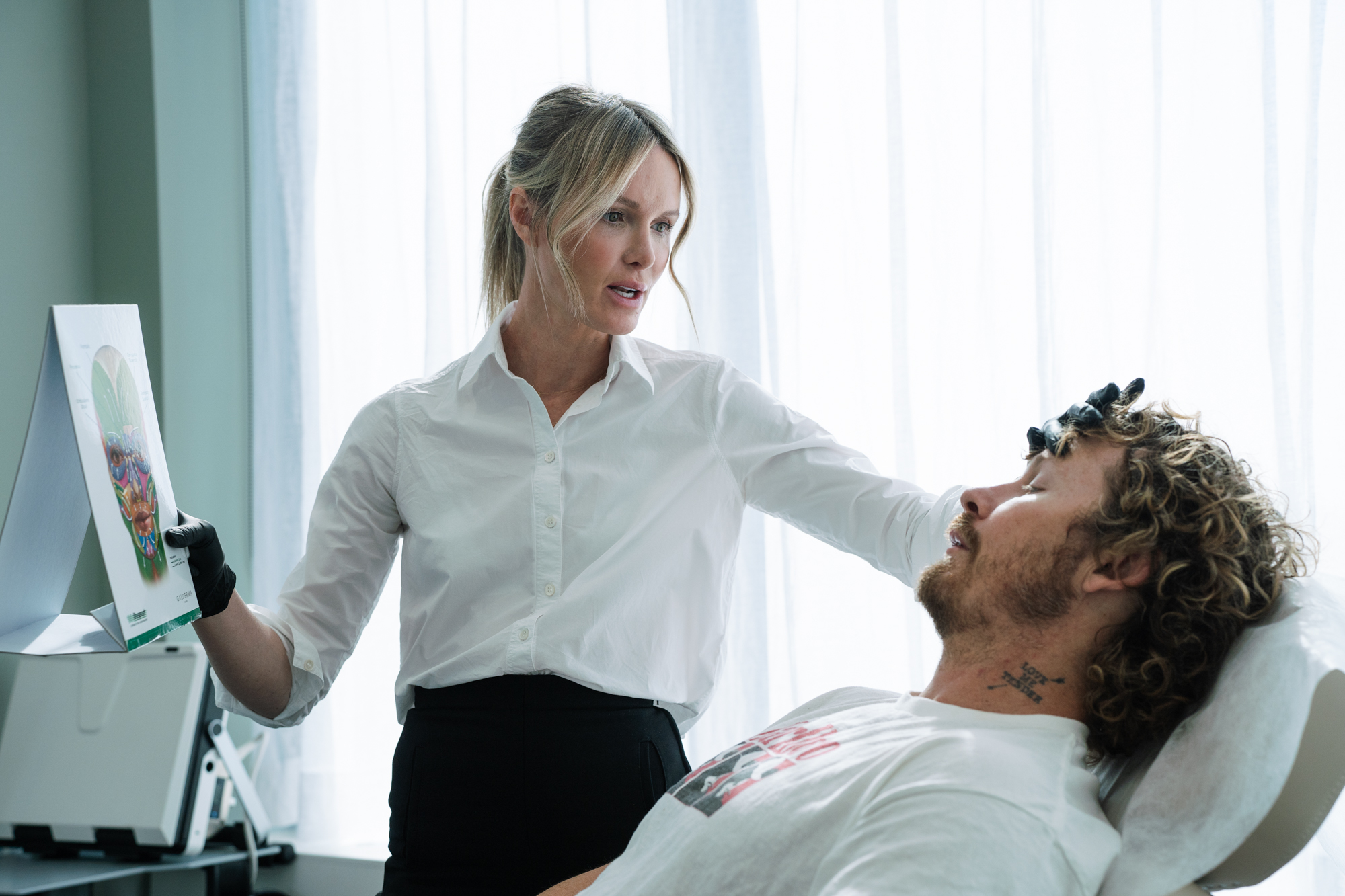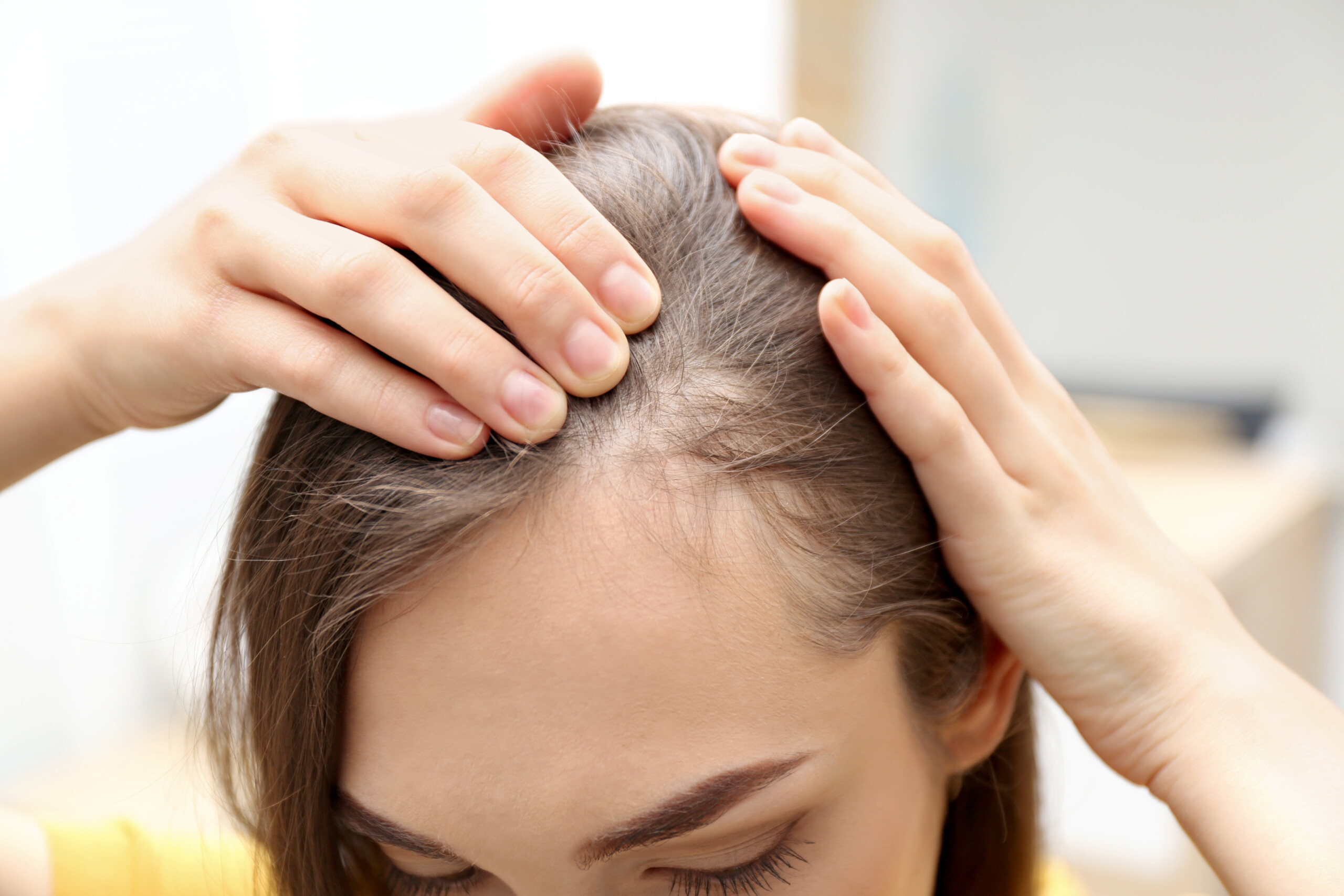Hair is a universal symbol of health, vitality and attractiveness.
In both men and women, it can represent strength, status and identity, sexuality, virility and fertility, and of course, style and youthfulness.
When this is compromised by hair loss, we feel robbed of our attractiveness, power and sense of self, and we feel extremely out of control. Many people report feeling less confident, less social, and experience significant negative impact to their outlook on life.
Contour Clinics are at the cutting edge of cosmetic medical science. We aggressively pursue new treatments to provide the best outcomes for our patients. we judge outcomes scientifically with hairs per cm2, subjective hair appearance with the Norwood scale and also importantly value for money. We except nothing other than excellence in all three of these domains.
Contour Clinics trialled Regenera Activa treatment for hair loss in our Brisbane clinic. This is a non-invasive alternative to hair transplant surgery, using a punch biopsy taken behind the ear, which is manipulated into a paste containing growth, healing and stem cell factors to be injected into the scalp for the purpose of follicular regeneration. Whilst we found positive results. They were not superior to more cost effective measures such as PRP, needling with Exosomes and infrared LED light therapy.
We believe in educating our patients about all treatments, not just the treatments we have. The following is for education purposes only as Contour Clinics no longer offer this procedure. If you would like to learn about treatments for hairloss offered by Contour Clinics please see: Hairloss treatments.
You can also read our interview with Spa and Clinic about PRP for hairloss.































